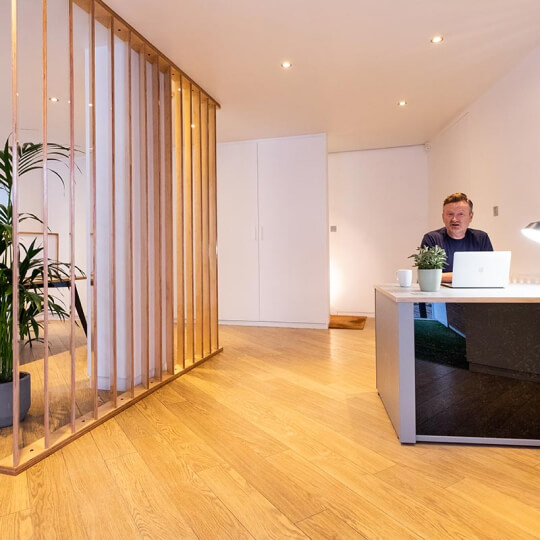The new process should also reduce the length, cost and emotional and financial hardship of divorce.
The key changes:
- There will no longer be a requirement to produce any evidence of conduct or separation. Previously one of five facts (“unreasonable behaviour”, adultery, desertion; or two or five years’ separation) had to be demonstrated.
- Now, all that will be required is a statement that the marriage has irretrievably broken down.
- It will no longer be possible to defend, or contest a divorce or dissolution. There will only be very limited bases upon which to challenge a divorce:
– that the court does not have jurisdiction;
– whether there is a valid marriage or civil partnership to dissolve;
– or fraud and procedural compliance (e.g. lack of service).
- Couples will be able to jointly apply for divorce or dissolution. This is a positive innovation where the decision is mutual and couples wish to cooperate from the outset. (A joint application can later become a sole application if one party stops cooperating).
- The two stages of divorce will remain, however there will be a new minimum timeframe of six months (26 weeks). There is a new minimum 20-week period between the start of proceedings and the application for a conditional order (previously the decree nisi). The current six week period between the conditional order and the application for the final order (previously the decree absolute) will remain.
The 20 week moratorium is there to balance the rights of both parties to ensure that the decision to start a divorce or dissolution is not just a kneejerk reaction. It is possible that over time these periods may be shortened, however they cannot be extended beyond the maximum six months without a further change in the law.
Special protection will be in place for all respondents (currently this applies in divorce or dissolutions based on periods of separation). The respondent will be able to apply for the court to consider what his/her financial position will be after the divorce. The court must not make the divorce final unless it is satisfied that:
- the applicant should not be required to make any financial provision for the respondent; or
- the financial provision made by the applicant to the respondent is reasonable and fair, or the best that can be made in the circumstances.
- The court must consider all the circumstances, including:
– age, health, conduct, earning capacity, financial resources and financial obligations of both parties; and
– the financial position of the respondent as, having regard to the divorce, it is likely to be after the death of the applicant should that person die first.
- The court can still make the divorce or dissolution final if it appears that there are circumstances making it desirable for the application to be finalised without delay and the applicant has given the court a satisfactory undertaking to make such financial provision for the respondent that the court will approve of.
In practice, it may be that financial issues continue to be dealt with by way of a separate application for financial relief, including the potential to apply for maintenance pending suit (interim maintenance) rather than the above additional application, but that remains to be seen.
It is hoped that these changes will be a positive step to support separating couples so that the legal framework does not need to make the process any more difficult that it need be.
There is much to consider when contemplating a potential divorce or dissolution, including whether to wait until the new law comes in, but also tax implications of waiting until after 6 April 2022. It is therefore important to take advice early in your thought process.
For more information on no fault divorce or to book a consultation contact us on 020 8301 4884
.










